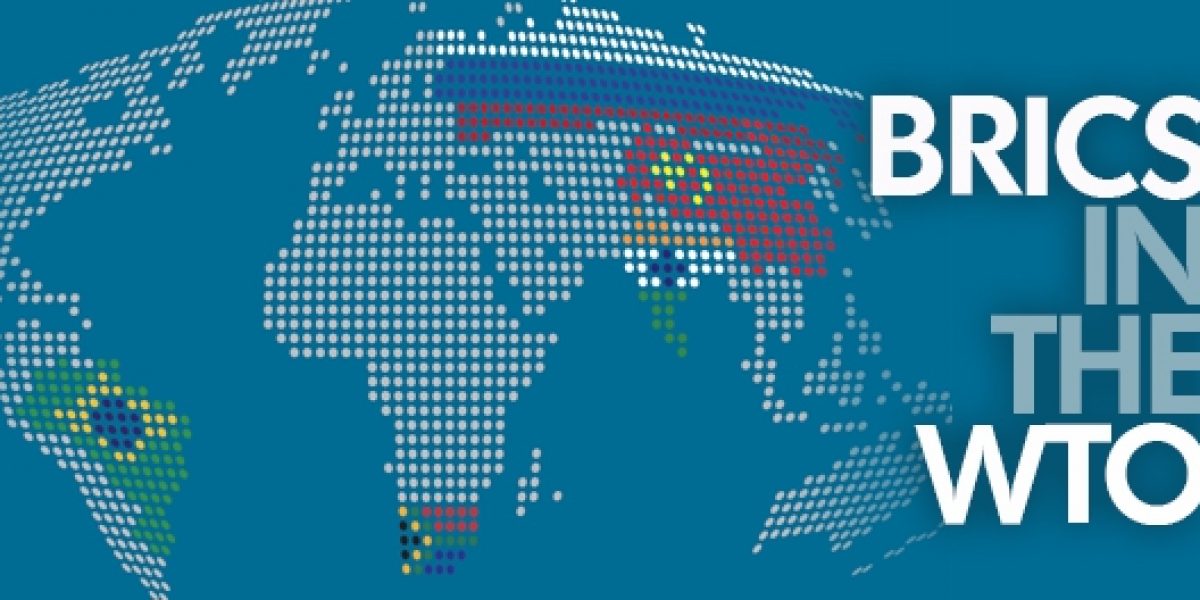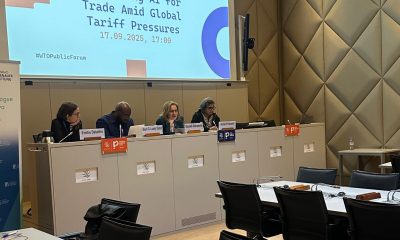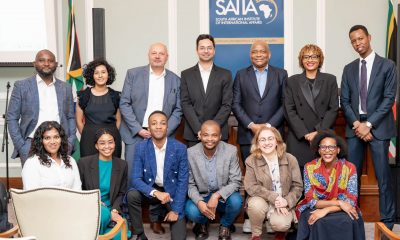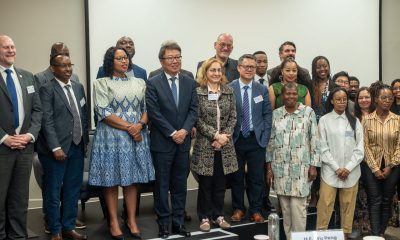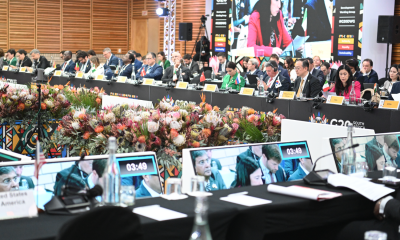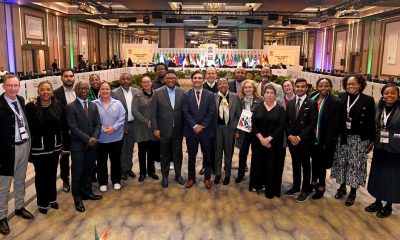Selected chapters have been translated by SAIIA from a book originally distributed in Portuguese by SAIIA’s partner in Brazil the Instituto de Pesquisa Econômica Aplicada (Ipea) as a product of its research collaboration with the Centro do Comércio Global e Investimento (CCGI) of the Fundação Getulio Vargas (FGV) School of Economics.
Download the publication BRICS in the World Trade Organization: Comparative Trade Policies
In the light of the great uncertainties surrounding the current global political and economic situation, the role of emerging countries has been the focus of growing academic interest. This interest increased when the financial crisis unfolded in the late 2000s, bringing into question the political and economic leadership role of the United States (US) and the European Union (EU).
The BRIC acronym, which stands for Brazil, Russia, India and China, originated in a Goldman Sachs paper as part of an economic modelling exercise which forecast that the BRIC countries collectively would play an increasingly important role in the global economy. From 2006 onwards, these countries began to explore joint action in major international forums of global governance, as a counterbalance to the major international players – the US and the EU. The formalisation of the BRIC group as a new voice on the international stage took place in 2009, and in 2011 South Africa’s entry was formalised, transforming the acronym to BRICS.
A number of pertinent questions began to arise: How do the BRICS countries begin to co-ordinate proposals on themes reflecting different realities and interests among them? What areas allow for co-ordination between the BRICS members, and where does such co-ordination seem unlikely? Will financial co-ordination be possible among these five countries with such different needs and practices? Is BRICS merely a piece of propaganda or can it already be considered a relevant international actor?
One of the most important forums in the multilateral sphere is the World Trade Organization (WTO). Trade policies, and particularly the evolution of the Doha Round negotiations, present an interesting picture for examining the participation of the BRICS group as players in the WTO.
This book conducts a comparative analysis of the trade policies of each of the BRICS members, with the WTO as a frame of reference. In the translated chapters, a summary is presented of the trade policies of each of the BRICS countries, their similarities and contrasts, and the roles that they play as members of the WTO, through the usage profiles of the main instruments of trade. This analysis indicates the areas where the interests of the BRICS members are convergent and where they are divergent, while providing an overview of the possible co-operation between the groupings in terms of multilateral trade. The aim is to demonstrate that, even in the light of great commercial and political differences, there is room for strategic co-ordination in support of common interests, which are identifiable through a detailed analysis of the profile of their compared trade policies.
Chapter I presents the key moments in the development of BRICS’s political interaction. The history of the participation of India, Brazil and South Africa (IBSA) in the General Agreement on Tariffs and Trade (GATT) and in the WTO is reviewed, and the stages of China and Russia’s accession to the organisation are outlined.
Chapter II shows the participation of each of the BRICS members in the Doha Round by examining their main proposals and positions during the round. The chapter then proceeds with a detailed analysis of the first initiatives of political co-ordination on different issues, such as those discussed in G-20 Agriculture and in the Non-Agricultural Market Access Group (NAMA-11).
Finally, the book highlights the points of common interest and divergent points for each issue of trade policy analysed in this work in order to illustrate, in addition to the difficulties the countries faced when co-ordinating their positions, some aspects in which co-operation could be carried out more actively.

